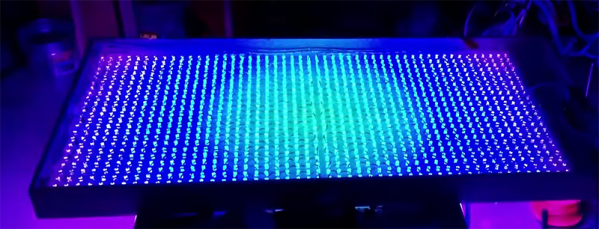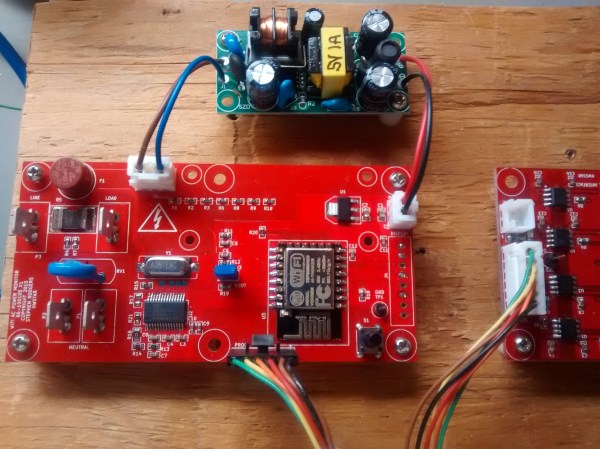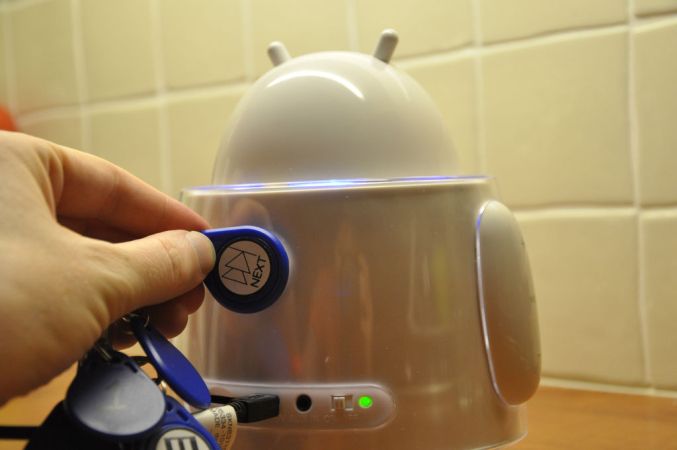We’ve been keeping pretty quiet about the Hackaday SuperConference, but rest assured a full-blown announcement is on the way soon. For now we need your help getting the word out to presenters. Do you have a favorite hardware designer, hacker, or project? Get to work convincing them to Submit a Talk or Workshop proposal for the Hackaday SuperConference. Of course if you yourself fall into one of these categories, consider this your invitation to submit! Proposals are due October 10th.
The Hackaday SuperConference is the hardware con you’ve been waiting for. The two-day event will be held in San Francisco on November 14th and 15th. It features workshops and talks on hardware creation with topics like hardware engineering, creativity in technical design, product design, and prototyping. The winner of the 2015 Hackaday Prize, Best Product, and runners-up will be announced at the SuperCon.






















